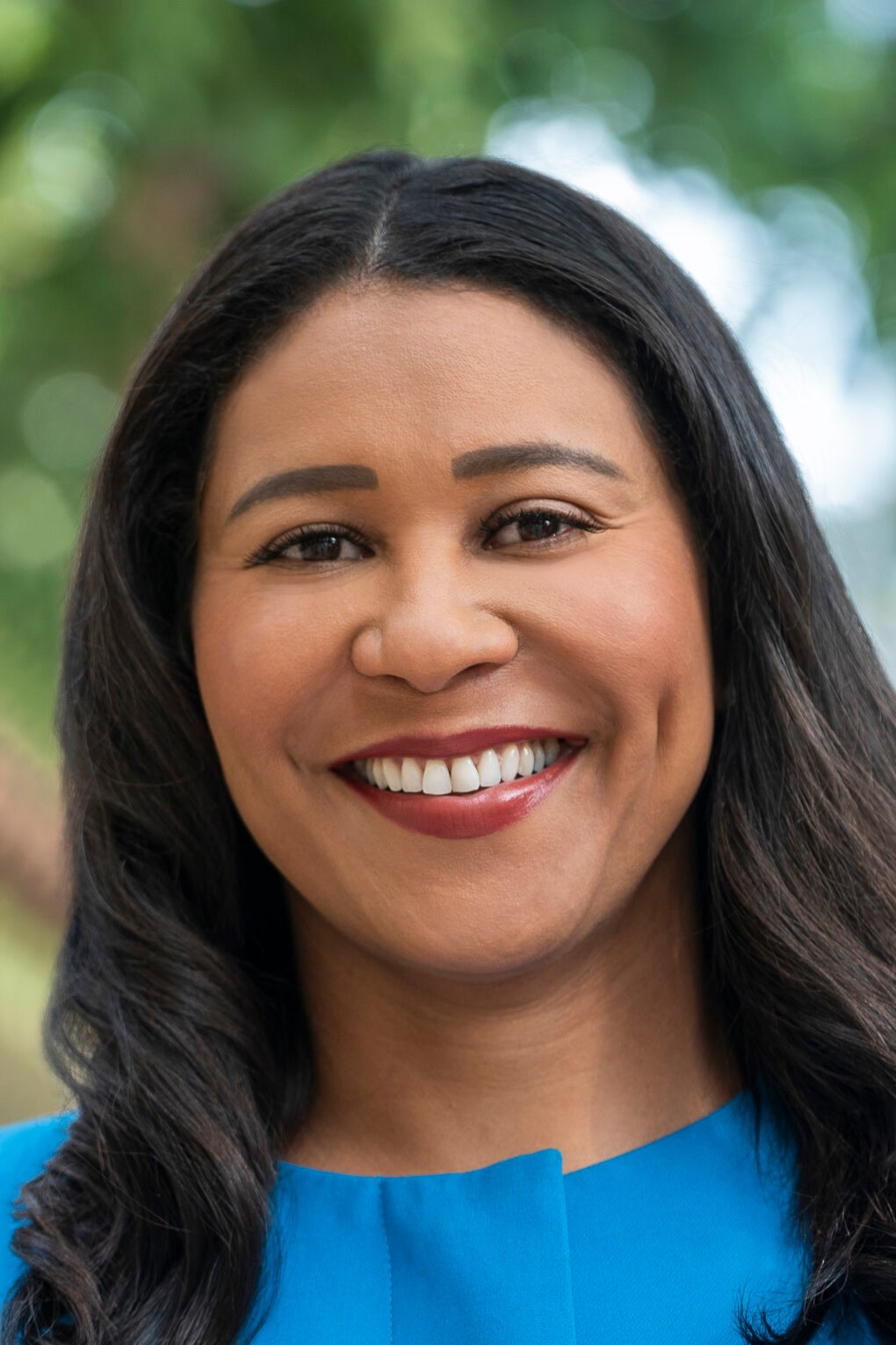Following the deadly crash in West Portal last weekend, the Standard asked the leading candidates for mayor what they would do to make city streets safer and reach the goal of zero traffic fatalities. Mayor London Breed, Supervisor Ahsha Safaí, former mayor and supervisor Mark Farrell and non-profit executive Daniel Lurie submitted responses.
When I heard what happened in West Portal last weekend, I headed straight to the scene. Witnessing the terrible loss of life, including two children, was devastating. Merchants and community members were reeling. First responders were struggling. A moment like this reminds us of our shared humanity and the true vulnerability of human life.
Over the last few days, my focus has been on the lives we’ve lost and those who’ve been impacted by this loss. As even someone who has known tragedy throughout my life, I cannot imagine the profound sadness and pain this family is experiencing. As we move forward, I believe this tragedy should serve as a constant reminder of how critical our work is to keep people in this city safe.
Over the last decade, San Francisco has been a leader in implementing street safety improvements as part of our Vision Zero (opens in new tab) strategy. With our Quick Build program (opens in new tab), we have completed more than 50 miles of safety improvements for people walking and biking. We have also led the state in implementing lower speed limits citywide under changes to state law that took effect in January 2022. So far we have lowered the speed limit to 20 mph on 44 miles of streets on 62 corridors. We have transformed places like JFK Promenade in Golden Gate Park into vibrant, safer public spaces.
Efforts like these have helped, but we must do more. Unlike many other cities in the United States that are struggling as we are with high rates of traffic crashes, San Francisco in 2023 had fewer bicycle, pedestrian and overall fatalities compared with 2013, the year prior to the adoption of Vision Zero. But this is not a celebration—there’s a lot more work for us to do.
It’s important that when we talk about Vision Zero, we take a step back and look at the whole picture. We have passed an ambitious Housing Element to allow 82,000 new homes to be built by 2031. With clear housing goals, we also need clear transportation goals. I want a San Francisco where we can continue to grow and welcome new residents, where kids born in the city can stay and start families here.
That means buses crossing our city and rail lines running both under and above ground. That means supporting bicycling and walking by making these options safe and efficient. Investments in these networks help those who need to drive, because the more people we move from cars to other options, the more space there is for those who need to drive. We have been working on our plans for the next phase of Vision Zero and street safety in San Francisco, including meeting with organizations, stakeholders and city departments. This work has been ongoing for some time, and we will share more specifics soon, but we are focused on three main categories.
1. Street design: We will continue to make our streets safer, especially on our high-injury network, which is the 12% of streets where 68% of severe and fatal traffic injuries occur. This includes quick-build projects like the Third Street two-way bike lane that will connect cyclists from the Bay Trail south of Oracle Park up to Townsend Street, and major capital projects like the Folsom Streetscape Project, which will make comprehensive bicycle, pedestrian and transit upgrades with new trees, street furniture and lighting.
2. Mitigating speeding: Speeding is the leading cause of serious and fatal crashes in San Francisco and elsewhere. We will continue to lower speed limits in commercial corridors, install streetlights, stop signs and speed bumps, and implement other engineering strategies on streets at intersections. It’s not because we’re trying to make driving inconvenient. People drive more carefully when they’re not speeding, and that means safer streets for everyone.
3. Enforcement: We are in the process of deploying speed safety cameras, which the state Legislature just approved last year. Right now, our San Francisco Police Department Traffic Company is doing targeted enforcement, but our department is short-staffed, and enforcement isn’t where we want it to be. The good news is my plan to fully staff the police (opens in new tab) will add 200 more officers this year and get us to full staffing in three years. In the meantime, we are also working on strategic initiatives for parking control officers to increase enforcement of safety-related violations.
The reality is many of these changes can be challenging. I have heard from residents and business owners that they don’t always understand why or when their street is changing. The entire process can feel opaque, and people feel frustrated and angry. I’ve also heard that we’re making too many changes too fast, or that we’re not making changes fast enough.
These concerns stretch across more than just Vision Zero projects, including transit improvement. As the San Francisco Municipal Transportation Agency moves forward in planning and executing this work, it’s critical that there is transparency, thoughtful communication and collaboration with all of our neighbors and stakeholders involved.
Vision Zero is about basic safety. It’s about making sure our streets are comfortable, convenient and safe for people to move around the city. It’s about supporting our residents, families, children and businesses. It’s about preventing the unimaginable tragedies that devastate families and communities. Our ultimate goal is for people to be able to walk, bike, ride transit and drive safely in San Francisco. It may take time, it may take work, but it will save lives.
London Breed is the mayor of San Francisco.

